Hello Parents,
We were off to a sunny start this week with great weather, lots of smiles, and motivated students. Everyone seems to appreciate our daily small group lessons as this allows our students to get involved and participate more often. Everyday, your children are catching on a little more with the routine of the classroom flow. It has been a long week for them as they have consumed a lot of information already, but we are so proud of how respectful and focused they have been overall.
Lessons this Week
Practical Life
During small groups, Carrie demonstrated how to prepare snack in the kitchen area. Other lessons include pushing pins into a pin cushion as well as pin poking, both great activities for building coordination in those little fingers. At one point, Carrie talked about utilizing the creative art table, showing the kids how to gather art material on a tray. Our students also watched lessons on how to snap using a snap frame , how to polish metal, and how to use screw drivers on screw boards. In addition, throughout the week, our students practiced lining up promptly, waiting for one’s turn while in line, and hand washing. Below are images of some of these practical life activities.

Small group lesson on carefully pushing pins into a pin cushion. The kids are shown to slide a pin through the hole of a small object like a bead or button, hold it in place and press the pin into the cushion without losing the object. The object adds some challenge, but the kids find it fun an decorative.
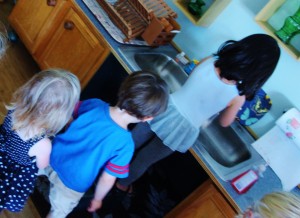
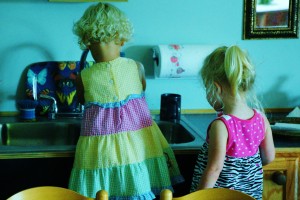 Above, the children were shown to wait in line to wash hands. Below: hand washing.
Above, the children were shown to wait in line to wash hands. Below: hand washing.
We have also been working on setting the table in the lunch room. Throughout the week, kids took turns setting plates out, unpacking lunches onto the plates, pouring water, using napkins, washing dishes, and cleaning up afterward.
Near the end of the week, I branched off with our older students to guide them in a work cycle so that Carrie could give lessons to our new students. It is important that we prepare these young pupils for work cycles to prevent interruption and to keep the flow peaceful and safe. For example, Carrie gave a lesson on “walking around a rug,” to prevent students from stepping into one’s personal space while at work. It might sound silly, but building this awareness helps tremendously in preventing others from getting upset or disrupted, crying out words of frustration like, “So-and-so kicked over my pink tower!” Needless to say, from time to time, it still happens… Next week, we’ll give a lesson on the “peace flower” to help resolve conflict of any sort.
Sensorial
I (Angelique) taught a variety of Montessori sensorial material that focuses on the development vocabulary, building an understanding of spacial relationships, and refining the senses.
Some of these lessons include the brown stairs and the red rods in which I demonstrated how to grade the material by size. These “works” are also a great opportunity to introduce vocabulary of different dimensions. Each small group learned to carefully place the material back on the shelf, one block at a time, beginning with the largest block, ending with the smallest. They are taught to use two hands when carrying objects, as well as how to line up the material along the front edge of a shelf. This is our way of staying organized in our environment and to show respect of the material by keeping it in it’s proper order. There will be challenging extensions added to these works later. Many of our older students already have a grasp on some of the extensions and had the opportunity this week to work on sensorial material, setting an example to our younger ones.

Lesson on the red rods: The red rods give a visual discrimination of difference in dimensions (length). Indirectly, this material is a preparation to math.
Below, children take turns to carefully put the “brown stairs” away.
We also focused on the sense of touch by passing around the smooth and rough boards. This is a lesson that offers vocabulary to help describe what we feel. Below, the kids took turns passing the boards around and feeling how the sand paper gets “rougher and rougher.”
An extension that was offered to the work above includes wearing a blindfold while touching the boards, focusing only on the sense of touch. Blindfolds can be used on most sensorial material to isolate the senses and offer a challenge, requiring more concentration and focus. Below, one of our kindergarten students is grading cylinders by building a towerwhile blindfolded.
Language
The metal insets were introduced, which offers countless extensions to help build fine motor skills, vocabulary of shapes, and give students an opportunity to get creative. While there are a variety of ways to hold a pencil, the metal insets can aid in a child’s ability to build the coordination to grip a pencil for writing.
If you’re curious about how we give the first lesson on metal insets, you can watch this tutorial.
Zoology
In small groups, your children took turns matching animals to their babies. They were introduced to terms such as “calf,” “foul,” “pup,” and “chick.” A lesson on some of our animal puzzles was also given.
During transitions this week, we offered library books, puzzles, cozy furniture, and floor cushions. Check out these adorable kids!
We’ll end on a few images of some of our older students during their work cycle.
We hope everyone has a wonderful long weekend! Hope to see you soon!





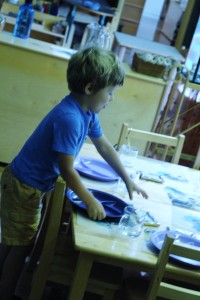





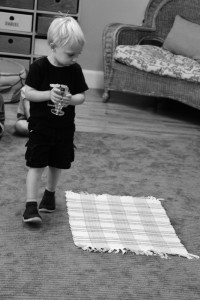


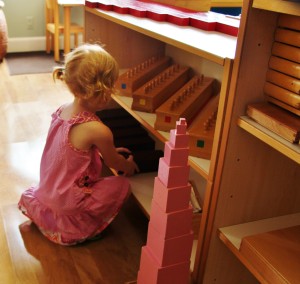
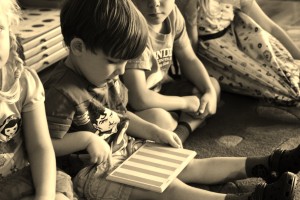


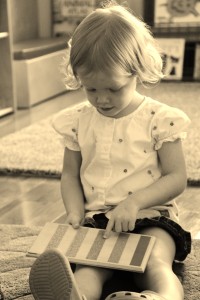






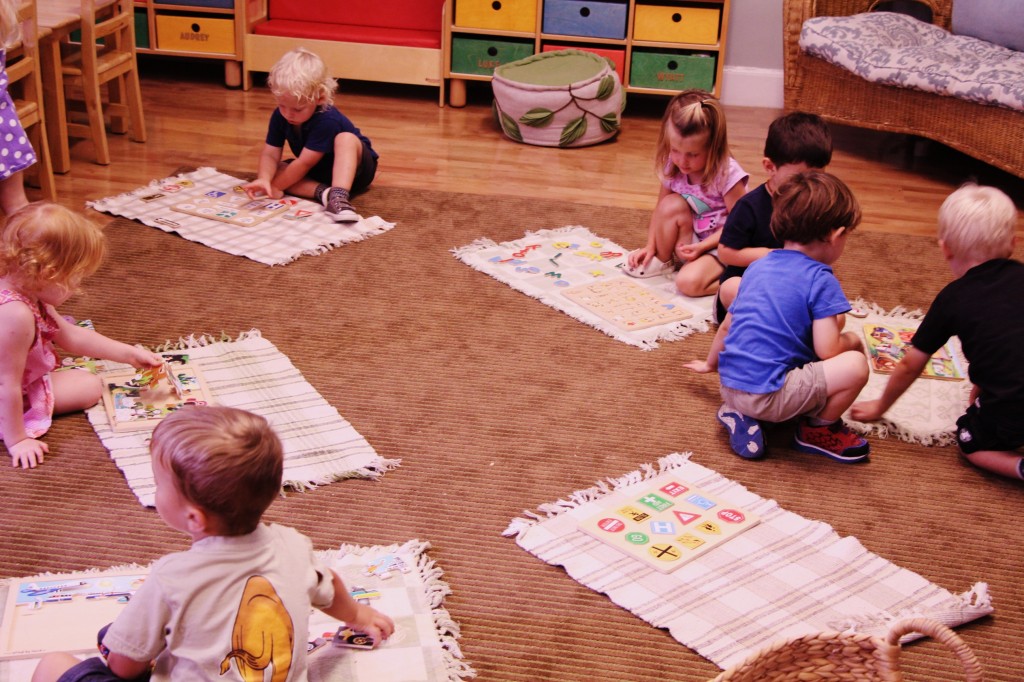





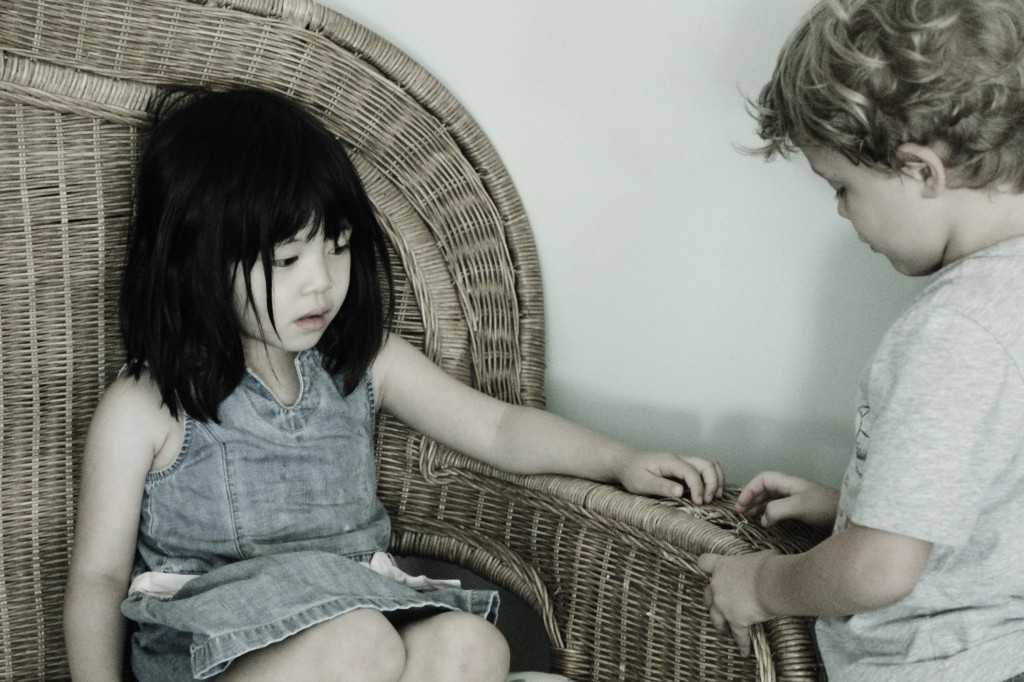

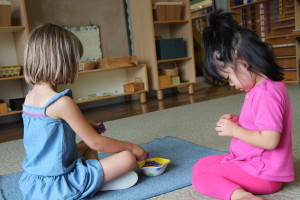





Thank you so much for taking the time to write this blog! It definitely helps us feel like we are participating in his school day. Love the pictures 🙂
You’re very welcome! Glad you appreciate this and that you find it helpful! It’s nice to hear feedback from the parents.
Best,
Angelique
Thank you for this! I know it takes extra time and want you to know how much we appreciate being let into his “workday” and seeing pictures of all the cuties. We love reading these activities and trying to do some of the things you mention at home too.
Glad you feel that way, Christine! That’s awesome that you’re interested in applying some things at home. Thanks for sharing! It’s nice to hear if this is helpful or not.